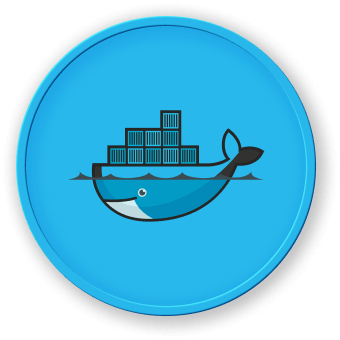Monitoring Docker Containers and Services
Effective monitoring of Docker containers and services is crucial for maintaining a healthy Docker environment. In this section, we will explore various tools and techniques for monitoring your Docker infrastructure.
Monitoring with Docker CLI
The Docker CLI provides built-in commands for monitoring the health and status of your containers and services. Some of the commonly used commands include:
docker ps: List running containers with their status, resource utilization, and other details.docker stats: Display real-time resource usage statistics for one or more containers.docker logs: Retrieve and view the logs of a container.docker events: Monitor Docker events, such as container creation, destruction, or network changes.
## Example: Monitoring container logs
docker logs my-container
While the Docker CLI provides basic monitoring capabilities, you may want to leverage third-party tools for more advanced monitoring and visualization. Some popular options include:
- LabEx Monitoring: LabEx offers a comprehensive monitoring solution for Docker environments, providing real-time insights into container health, resource utilization, and performance trends.
- Prometheus: An open-source monitoring and alerting system that can be integrated with Docker to collect and analyze various metrics.
- Grafana: A powerful data visualization and dashboard tool that can be used in conjunction with Prometheus to create custom dashboards for your Docker environment.
graph TD
A[Docker Host] --> B[Docker Daemon]
B --> C[Containers]
B --> D[Images]
B --> E[Networks]
B --> F[Volumes]
D --> G[Prometheus]
G --> H[Grafana]
By leveraging these tools, you can gain deeper insights into your Docker environment, set up alerts for critical events, and visualize the health and performance of your containers and services.
Monitoring Docker Swarm and Kubernetes
If you're using Docker Swarm or Kubernetes to orchestrate your containers, you'll need to consider monitoring the orchestration layer as well. Both Swarm and Kubernetes provide built-in monitoring capabilities, and you can also integrate third-party monitoring solutions like LabEx Monitoring, Prometheus, and Grafana to gain a comprehensive view of your containerized environment.
| Metric | Description |
| ---------------------------- | ------------------------------------------------------------------ |
| Container CPU Utilization | The percentage of CPU resources used by a container |
| Container Memory Utilization | The amount of memory used by a container |
| Container Network I/O | The network traffic (in and out) of a container |
| Container Disk I/O | The disk read and write operations of a container |
| Container Lifecycle Events | Events related to container creation, start, stop, and destruction |
By monitoring these key metrics, you can quickly identify and address any issues or bottlenecks in your Docker environment, ensuring the overall health and performance of your containerized applications.




